

AI’s reach depends on the environments in which it operates as well as how it is developed and deployed, highlighting a fundamental debate on whether we should push for regulation or opt for free-market-driven deregulation.

AI’s reach depends on the environments in which it operates as well as how it is developed and deployed, highlighting a fundamental debate on whether we should push for regulation or opt for free-market-driven deregulation.
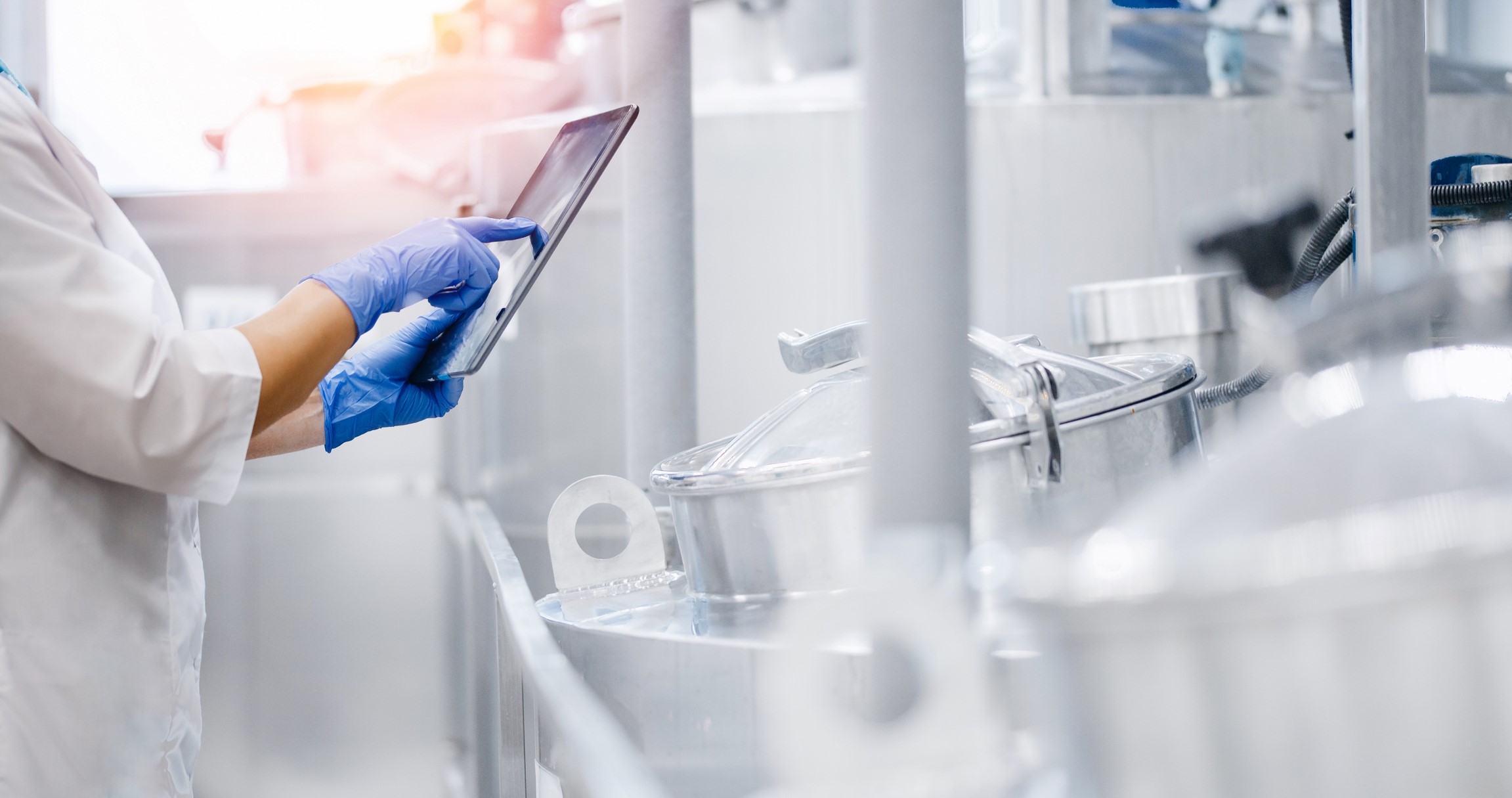
In the healthcare industry where patient lives are at stake, quality culture is a cornerstone principle extending beyond operational efficiency. It has profound effects on patient outcomes. As tech continues to disrupt healthcare, how do technology companies build a robust quality culture to succeed in healthcare?

Today, the U.S. Food and Drug Administration (FDA) issued a safety communication to raise awareness about cybersecurity vulnerabilities in Contec CMS8000 patient monitors and Epsimed MN-120 patient monitors. These medical devices are used in health care and home settings for displaying information, such as the vital signs of a patient, including temperature, heartbeat, and blood pressure.

Leveraging awareness communications to grasp the potential opportunity for medical devices designed to monitor health and chronic illnesses offered by the new US administration.
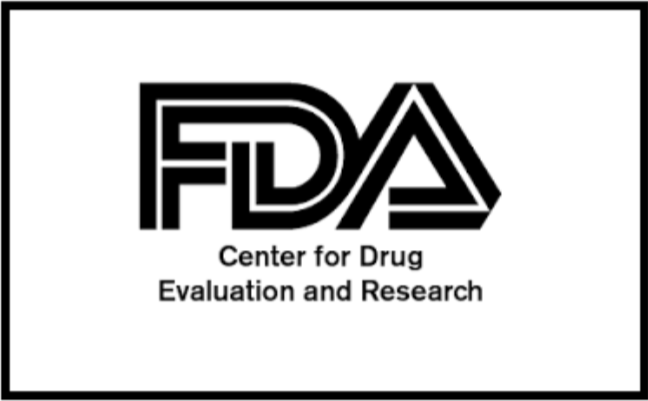
According to CDER Director Patrizia Cavazzoni, CDER’s new Center for Real-World Evidence Innovation represents a major step forward in efforts to unlock the full potential of RWD to inform clinical and regulatory decisions.
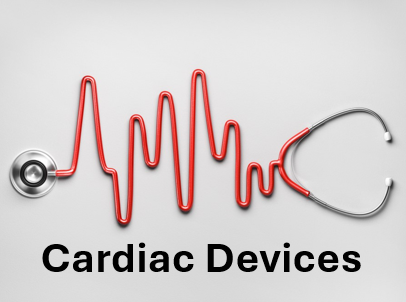
Advancements in cardiac care and novel therapies are transforming cardiac medical devices, providing new solutions for millions affected by heart disease globally.

Key trends picking up momentum in the field of healthcare. How GenAI is revolutionizing clinical workflows. The rise of ambient technologies in patient care. IoMT devices and SaMD solutions to enable patient care. Interoperability and automation of data. Cybersecurity to ensure the safety of personal data.
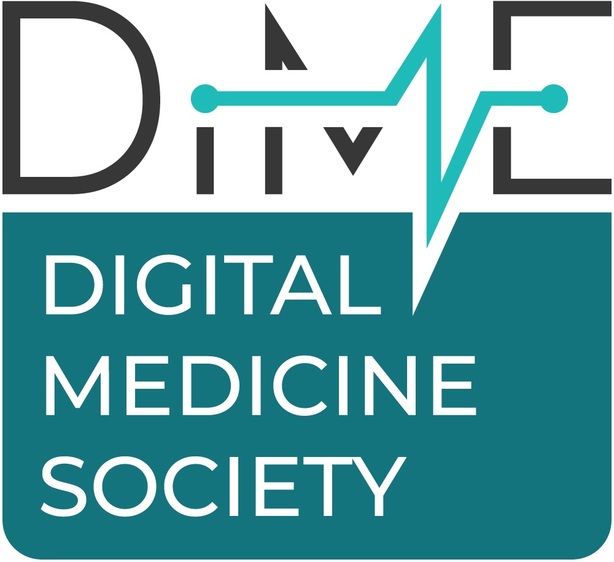
Up until now, the lack of interoperable health-at-home devices has inhibited health technology integration into the home for use in wellness, prevention, managing chronic conditions, and clinical trials.

In the medical device industry, engineering quality is paramount. This is a high-stakes field, and the FDA has zero tolerance for violations. A robust development process not only enhances quality, compliance and efficiency but also boosts profitability.
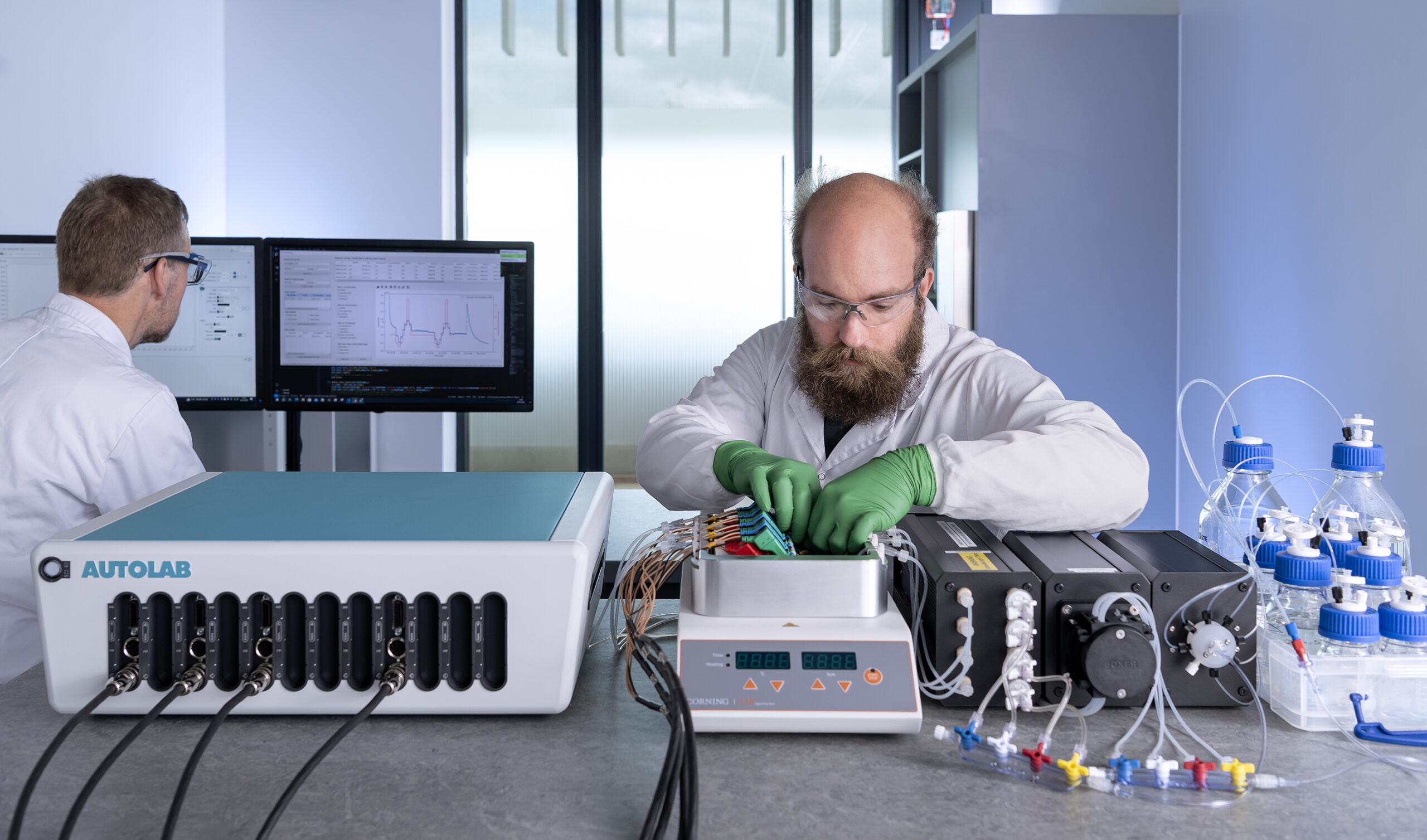
Continuous glucose monitoring (CGM) technology is rapidly expanding beyond Type 1 diabetes to reach a wider demographic, including Type 2 diabetics and wellness users. How manufacturers advancing CGM technology to address these diverse needs, focusing on ease of use, device reliability, and adherence strategies? By prioritizing these areas, manufacturers can empower a growing user base to manage their health more effectively and independently.